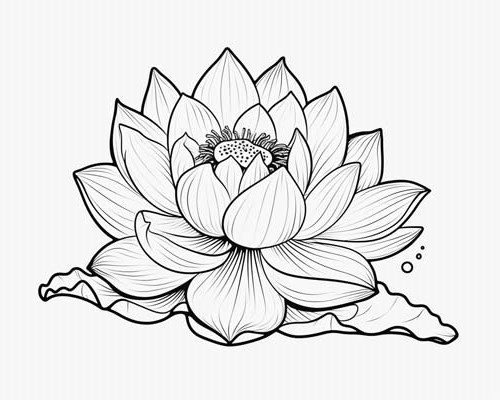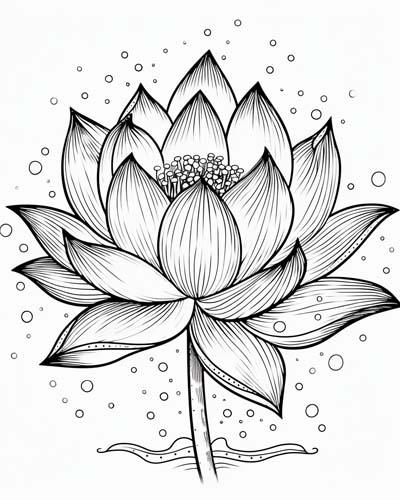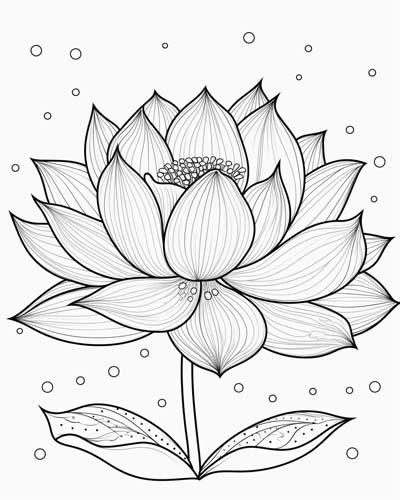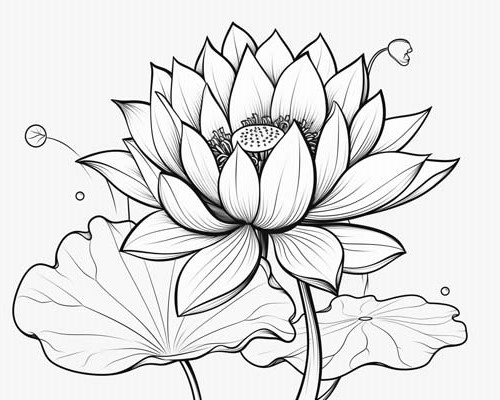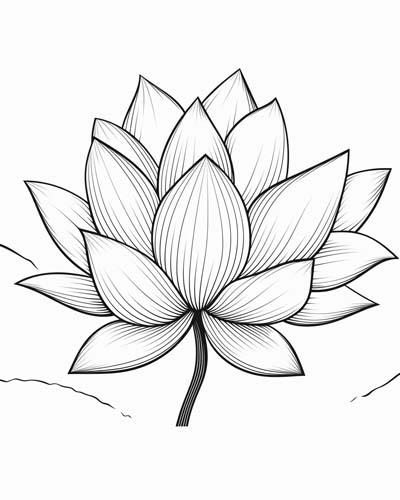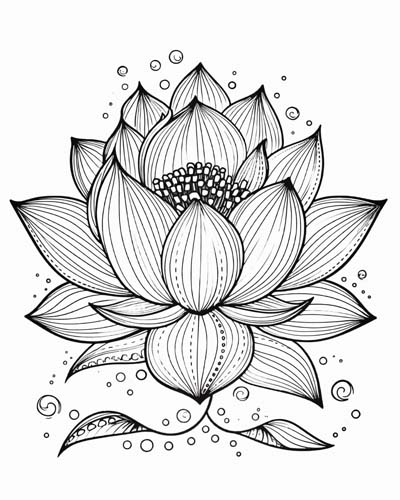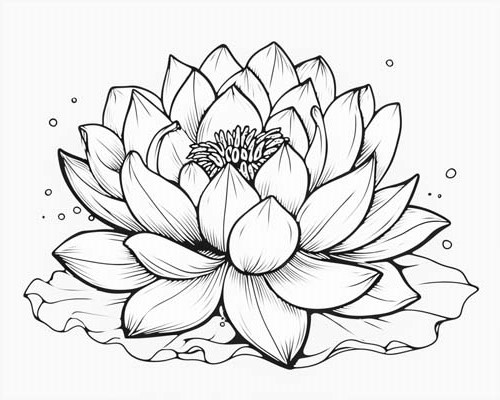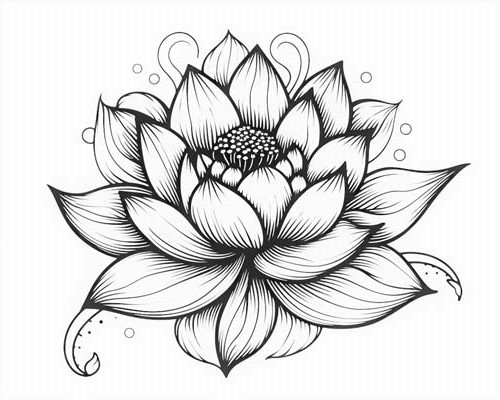FLOWERS >
Leanne's Printable Coloring Pages for Kids
Lotus Flower Coloring Pages
Welcome to our enchanting lotus flower coloring pages, where kids and adults alike can immerse themselves in the captivating world of this iconic bloom! The lotus flower, with its unique beauty and cultural significance, has long been a symbol of purity, enlightenment, and rebirth. It's not only visually stunning but also rich in meaning, making it a delightful subject for coloring pages that spark creativity, mindfulness, and learning.
As you color these exquisite blossoms, take the opportunity to learn about their symbolism and the cultures that revere them. Whether you're looking for a relaxing pastime, a creative outlet, or an engaging educational activity, our lotus flower coloring pages are the perfect way to bring the beauty and meaning of this extraordinary flower to life.
Fun Facts About Lotus Flowers:
- Lotus flowers are aquatic perennials that grow in shallow waters, such as ponds, lakes, and marshes, with their roots submerged in the mud while the leaves and flowers float above the water's surface.
- The lotus flower has a unique ability to regulate its temperature, similar to warm-blooded animals. This feature helps it attract cold-blooded insects for pollination.
- The lotus is an important symbol in various religions and cultures, including Hinduism, Buddhism, and ancient Egyptian mythology, representing purity, spiritual awakening, and rebirth.
- The lotus flower closes its petals at night and sinks underwater, re-emerging the following day to open its petals once more, reflecting the idea of rebirth and regeneration.
- Lotus plants have a remarkable self-cleaning property, known as the "lotus effect." Their leaves are hydrophobic, causing water droplets to roll off and pick up dirt particles, leaving the surface clean.
- Lotus seeds can remain viable for extremely long periods. In 1994, a lotus seed dating back approximately 1,300 years was successfully germinated, making it one of the oldest known seeds to have sprouted.
- Almost every part of the lotus plant is edible and used in various culinary dishes, particularly in Asian cuisine. The seeds, stems, leaves, and roots all have their unique flavors and textures.
- The lotus plant has been utilized for its medicinal properties in traditional medicine systems, such as Ayurveda and Traditional Chinese Medicine, to treat various ailments, including digestive issues, inflammation, and fever.
- The lotus flower comes in various colors, including white, pink, yellow, and blue, with each color having its symbolism and meaning in different cultures and traditions.
- In addition to its cultural and spiritual significance, the lotus flower is also the national flower of India and Vietnam, symbolizing purity, commitment, and optimism for the future.






